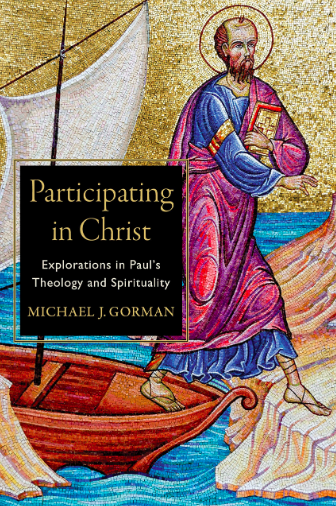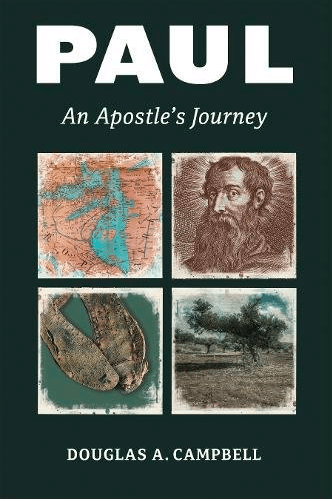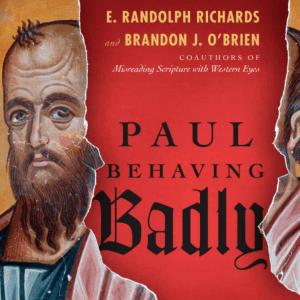 I have said this before, but I want to repeat it: the soterian gospel resolves one problem — our broken relationship with God. The soterian gospel focuses on one event — the cross as the place where Christ takes our place, shoulders our sins, removes our guilt, and forgives our sin. The soterian gospel pleads for one major response — trust in that Christ for that problem. (See my King Jesus Gospel.)
I have said this before, but I want to repeat it: the soterian gospel resolves one problem — our broken relationship with God. The soterian gospel focuses on one event — the cross as the place where Christ takes our place, shoulders our sins, removes our guilt, and forgives our sin. The soterian gospel pleads for one major response — trust in that Christ for that problem. (See my King Jesus Gospel.)
The Story gospel is otherwise, and Daniel Kirk, in his new book Jesus Have I Loved, but Paul? urges us to see the gospel in Story terms. At the core, Daniel and I agree. So I want to post what Daniel says the problems of the Bible/Story are intended to resolve and to do this Kirk examines Genesis 1-3 and then proposes the following questions as what the Bible’s Story will answer:
What will happen to God’s very good creation?
Will it be forever handed over to the rule of alien powers?
Will God’s co-laborers ever rejoin God in the work of ruling the world for him and with him?
Will God have to give up on this world and simply take people out of it?
Will God find some way for his originally chosen agent (humanity) to play the lead in restoring God’s originally chosen order (a world in which humanity rules on God’s behalf?)
This was all in paragraph form in Kirk’s book (p. 35) but I laid them out to see what the Bible’s Story is seeking to resolve. In my decade of working on gospel, I’m convinced we have not done well on articulating the problem the Story resolves. We do have one problem we’ve focused on (the sin-as-personal-guilt problem) but because that’s the whole problem, there are whole dimensions of the Bible we don’t need — like the Old Testament narrative, like the life and teachings of Jesus, like the resurrection, like the exaltation. Daniel Kirk’s proposal seeks to do justice to the whole Bible’s narrative with a whole Bible gospel.
Kirk’s proposal, though, isn’t just about remonstrating with how we articulate the gospel. Chp 2 focuses on kingdom and new creation. The solution of the Bible moves from Adam to Abraham (as the new Adam with the same task as Adam’s), then Moses, then David, and then Jesus Christ as the One True Israelite who answers those questions above! It becomes a gospel wherein Jesus as Lord, King, Savior become the center. Not just Jesus as Savior.
Just a few highlights: Kirk ties Genesis 1-2 to Mark 1-2 to show that Jesus’ mission, his kingdom work, is to restore creation that has gone of out of control by sin. He shows that Paul’s gospel, too, is concerned with that same holistic, creation-affirming, human-to-God and human-to-human and human-to-creation restoring work.
Kirk quickly points out that the Son of Man of Daniel 7 is to be tied to the creation narrative so that the Son of Man’s rule is a rule over creation, just as Genesis 1-2 said the human should rule.
Kirk argues that resurrection transcends my personal life after death to make Jesus Lord and King over all creation; this is all found in 1 Cor 15 and Romans 1 — and there Jesus is adopted and enthroned as Son of God (kingly rule) as a result of the resurrection. The spiritual gifts are extensions/gifts of the ruling King to his subjects — and here I’m surprised Kirk doesn’t bring in Eph 4 but he’s still got sufficient evidence. New creation themes in Paul: Rom 8, 2 Cor 5, 1 Cor 15. And the future is forcing its way into the future in Christ, in the new creation community called the church. Very nice narrative.
Soterians are undone by the Story gospel because the Story gospel takes every bit of that soterian approach and gives it more biblical footings, extending the soterian gospel to biblical proportions.














